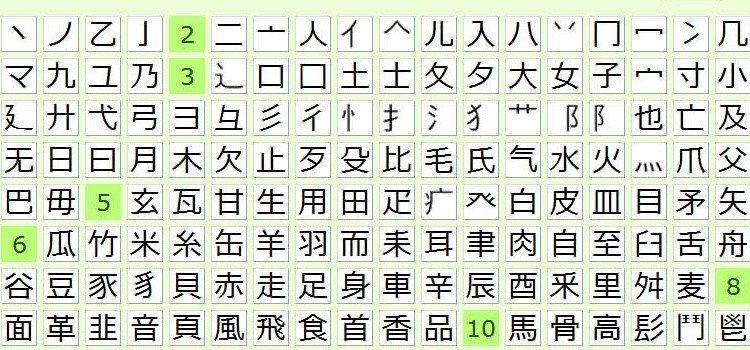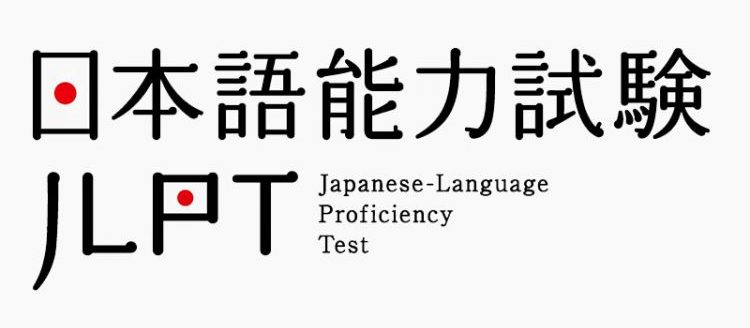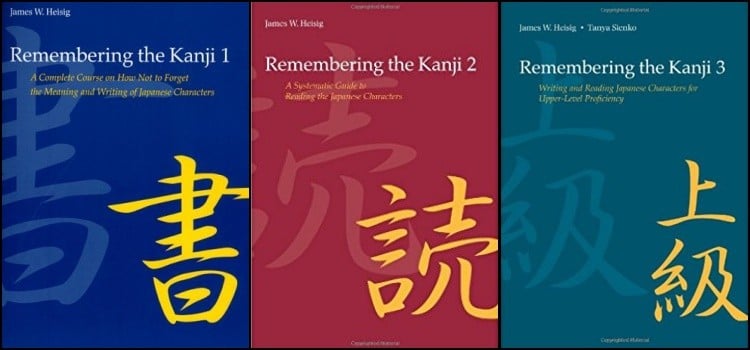Kanji, the ideograms in Japanese that were imported from China, are one of the most daunting things to learn. There are over 2000 kanji, and you need to learn at least around 1200 to have a certain fluency in Japanese. Many feel completely lost and have no idea how to learn the kanji of the Japanese language; in this article, we will discuss one of the best methods for learning this language, the famous RTK - Remembering the Kanji method.
RTK (remembering the Kanji) is a three-volume book written by James Heisig aimed at teaching the 3007 common kanji used in the Japanese Language. The book is available in several languages besides English, including Portuguese. In Brazil, it is sold under the name Kanji Imaginar para Aprender. James Heisig created his own method and managed to learn over 3000 ideograms of the Japanese language in just a few months. He shares everything in this book that we will cover in this article.
We made a recent video talking a little about RTK:
Table of Content
What is the purpose of the Book - RTK
The objective of this book is to teach Kanji in a completely different way from the JLPT. In this book, they do not teach in the traditional way, strokes, etc. Here they teach using Radicais and composed parts of the ideograms to facilitate the understanding of even unknown ideograms. The goal of the book is to ensure that you do not forget the meaning and the strokes of the Kanji using imaginative memory.

The purpose of the book is to provide the student of Japanese with a simple method for correlating the writing and the meaning of Japanese characters so that both aspects become easy to remember. This method offers a new perspective for learning kanji, showing how to overcome the complexities of the Japanese writing system, pointing out its basic elements and suggesting ways to reconstruct meanings from these elements. Even advanced Japanese students tend to use and know the method.
The method requires the student to invent their own stories to associate the meaning of the keyword with the written form. The book presents detailed stories, and over time, less detailed stories. This is to encourage the student to use the stories as practice to create their own. The method may seem quite random, but it requires you to really know the components and meanings of the ideograms before trying to create your own stories and reconstruct the elements. Therefore, the book dedicates itself to explaining each radical and kanji that serves as a component.
Does using RTK mean abandoning JLPT?
JLPT separates kanji by frequency of use, while RTK values the dashes, radicals and kanji that are used as components. In my opinion, the order in which you learn Kanji doesn't make any difference, because I always advise people to learn Japanese according to their own needs.
It is a fact that the best way to learn kanji is to use its radicals and components together with your imagination. It doesn't matter if you follow the JLPT learning order or your own order. Therefore, we came to the conclusion that the RTK method can be applied along with any study method.

Japanese students who are at a very advanced level seek to use this method. Even if you have learned kanji using the stroke order and its ON and KUN readings, it is important to learn kanji using the RTK method because each kanji has a story that will help you associate other related kanji. We recommend using all methods together for a more comfortable experience.
Examples of the RTK Method
Let's see a list of the method being applied in a simple way below:
好 – This is the ideogram of affection, liking and love. It is composed of the kanji woman (女) + child (子), we can assimilate the love of a mother for her child or a child for the mother to remember the meaning and essence of the kanji. A friend of mine already recalled in a different way, he thinks that men like young women, since 女の子 means girl.
大 – This is the ideogram of grande. It is made up of the person character (人) with a dash representing the arms. She is taking up a lot of space with her legs and arms outstretched, so it means big.
太 – This character means Fat. It is the simple ideogram of large with a dash underneath. We can imagine a tired fat man with his tongue hanging out or sweating a lot.
厂 – This kanji means precipice, I think there is no need to reason why, just look and imagine.
石 – This kanji means stone, it is the junction of cliff (厂) + mouth (口). To remember and imagine this kanji, we can imagine a cave under the precipice that is closed by a large rock. It is worth remembering that this ideogram is used for any size of stone.
見 – This is the kanji for seeing and looking. It is the junction of the ideograms of eye (目) and the root of leg (儿). This clearly shows large eyes attached to a leg, represents the ability to see.

Where to get the RTK Book?
This book is essential for anyone who wants to delve into the meanings of Japanese ideograms and learn them in a simpler and more fun way. We can find these books for sale on Amazon Brazil itself. We will leave the links below so you can buy if you want, just click and buy.
- Book - Kanji: Imagine to Learn - Portuguese;
- Book - Remembering the Kanji - Volume 1 - Original in English;
- Book - Remembering the Kanji - Volume 2 - Original in English;
- Book - Remembering the Kanji - Volume 3 - Original in English;
Unfortunately Volume 2 and 3 don't seem to be available in English, but don't worry, volume 1 already covers more than 600 ideograms and lets you naturally discover meanings and components of ideograms that you've never seen in your life.
It is worth making it clear that the book alone will not make you master knowledge of all the ideograms of the Japanese language. No book, course or teacher can make you fluent unless you dedicate yourself! Have you had the chance to read this book? Leave your opinion in the comments and share the article with friends.
